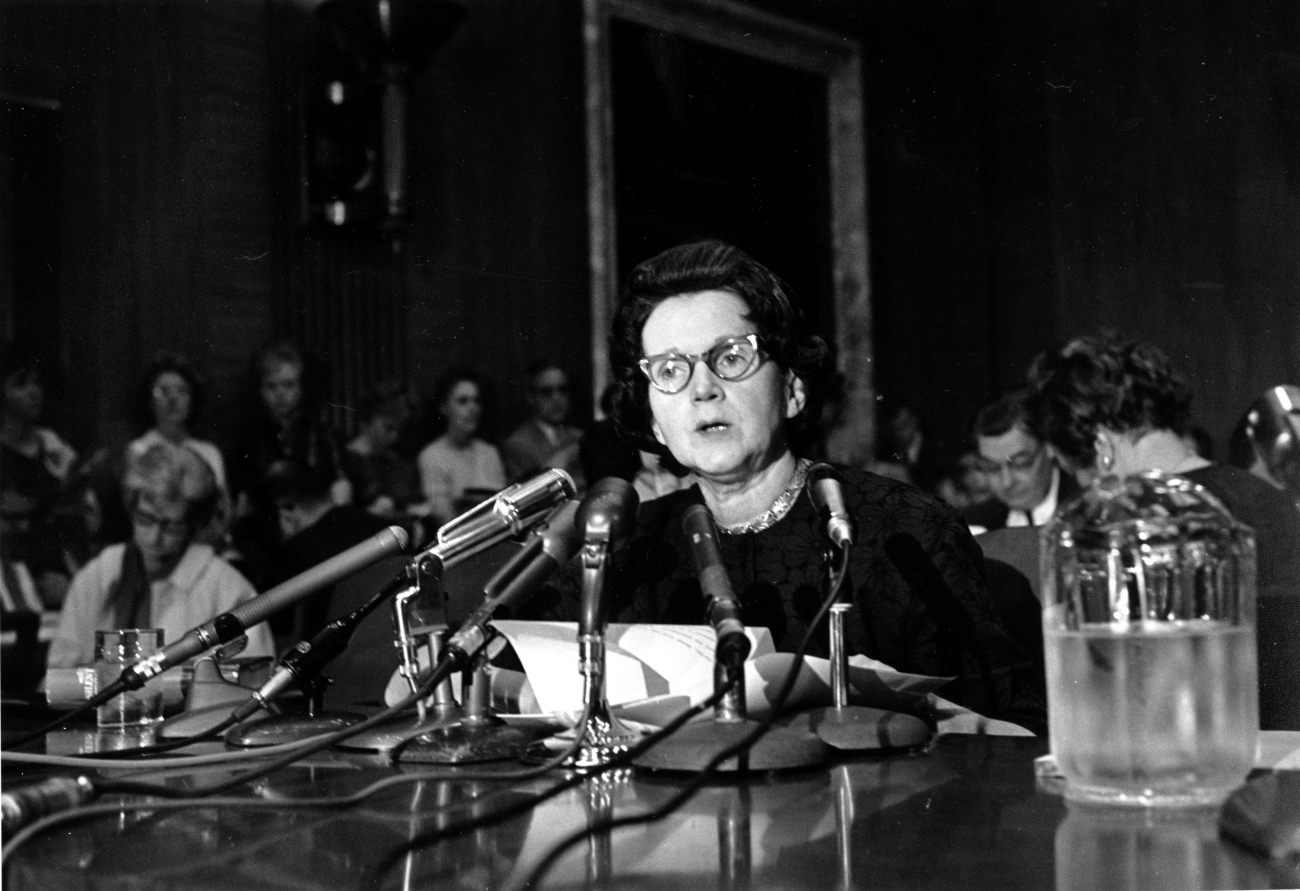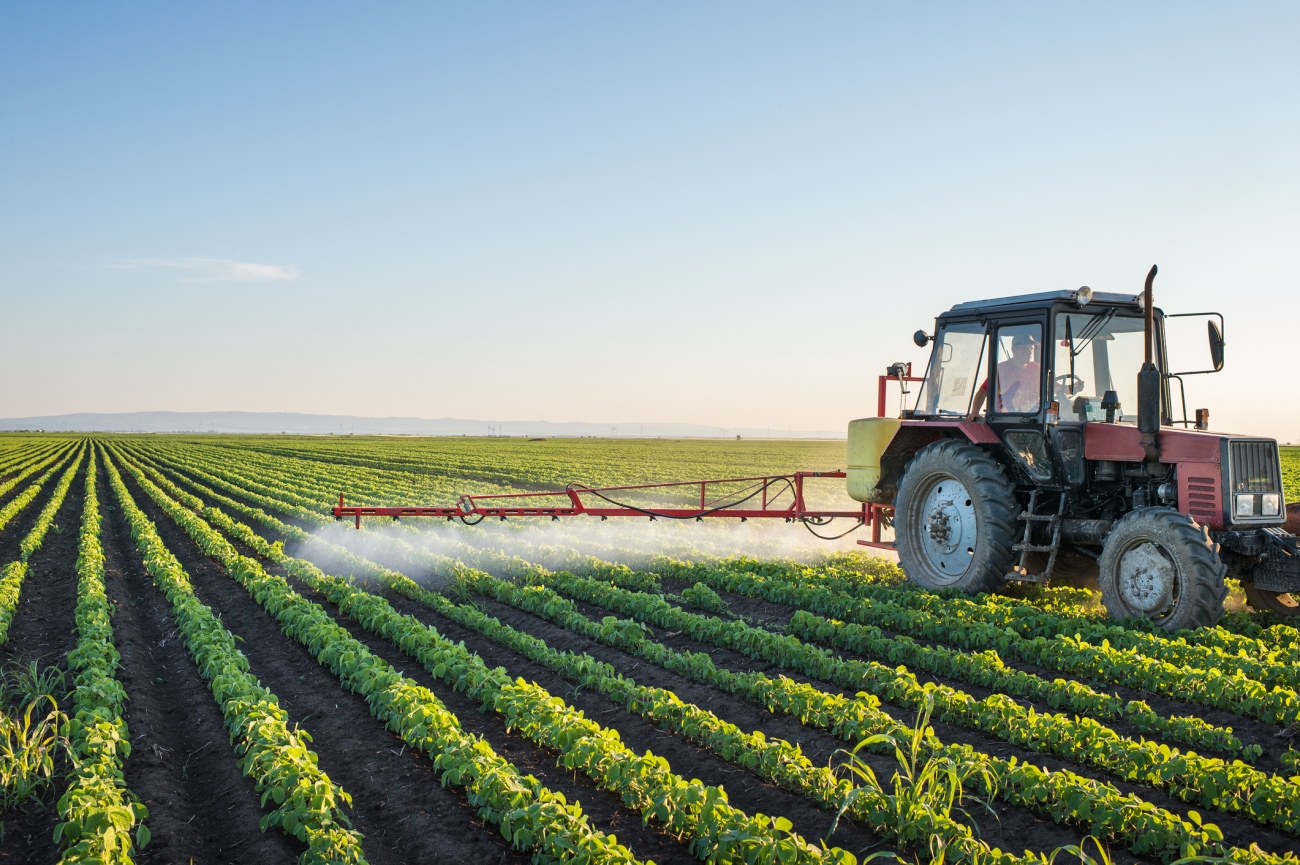Pesticides then and now: Rachel Carson’s warning still echoes
 In the 1950s, DDT was hailed as the most powerful pesticide in the world. A single crop dusting could kill insects in that area for months. Its effectiveness at combatting malaria-carrying mosquitoes made it a global public health tool, but its potency came with steep costs.
In the 1950s, DDT was hailed as the most powerful pesticide in the world. A single crop dusting could kill insects in that area for months. Its effectiveness at combatting malaria-carrying mosquitoes made it a global public health tool, but its potency came with steep costs.
Enter Rachel Carson. In her 1962 book Silent Spring, she meticulously documented how these same chemicals were poisoning birds, fish, squirrels, and even cats. Carson reasoned that if DDT could harm animals, the same would eventually be true for humans.
“Thanks to Carson, we now know that using DDT to control malaria replaced one public health crisis with another,” says Jenny Kay, a toxicologist and research scientist at Silent Spring Institute.
A persistent problem
Pesticide companies tried to discredit Carson, but subsequent research has shown that her predictions were true. For example, women who were exposed to high levels of DDT as kids, during the 1950s and 60s, were five times as likely to develop breast cancer later in life. What’s more, their daughters, having been exposed to DDT in the womb, also had an increased risk.
“Organochlorine pesticides like DDT are very persistent,” says Kay, “Even today, more than 50 years later, we still find DDT in people’s homes, in their bodies, and in wildlife.”
After Silent Spring, DDT and many other organochlorine pesticides were banned in the United States. The organic food movement grew, and the Environmental Protection Agency (EPA)—which didn’t exist in Carson’s time, but which she helped inspire—was tasked with ensuring the safety of chemicals.
A better future
 EPA has struggled to meet this mandate, however. Thousands of new pesticides have entered the U.S. market and the agency’s safety testing still does not fully evaluate the effects of pesticides on endocrine disruption or chronic diseases including breast cancer.
EPA has struggled to meet this mandate, however. Thousands of new pesticides have entered the U.S. market and the agency’s safety testing still does not fully evaluate the effects of pesticides on endocrine disruption or chronic diseases including breast cancer.
Kay and her fellow researchers at Silent Spring Institute recently identified more than 900 chemicals that could promote the development of breast cancer. More than half of these are endocrine disruptors that alter the hormones estrogen and progesterone, and about 145 are pesticides.
In another study, Silent Spring scientists revealed how EPA has been giving dangerous pesticides a free pass: The team found that 28 registered pesticides were shown to cause mammary gland tumors in animals, including the widely-used agricultural herbicide atrazine, yet EPA dismissed the evidence for more half of them.
Silent Spring continues Carson’s legacy by investigating chemicals that harm human health and pushing for stronger protections. When it comes to pesticide safety in the U.S., “we still have a lot of work to do,” say Kay. “Carson’s message remains as urgent as ever.”
Three ways to protect yourself and your community from toxic pesticides
- Eat organic as much as possible: That goes for produce, dairy, meat, and grains. Organic practices also reduce the amount pesticides released into the environment, resulting in better water quality for people and wildlife.
- Avoid using pesticides at home. Control household pests with gels, baits, and sticky traps that don’t contain pesticides. In the garden, grow marigolds next to your plants to keep bugs away.
- Take civic action! Ask your town or city to adopt organic landscaping practices and reduce the use of pesticides on school playgrounds and playing fields. Let your representative know you’re concerned about EPA approving pesticides that increase breast cancer risk.